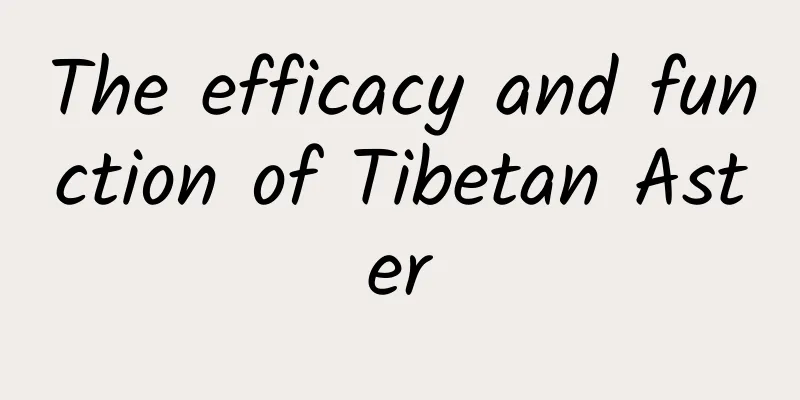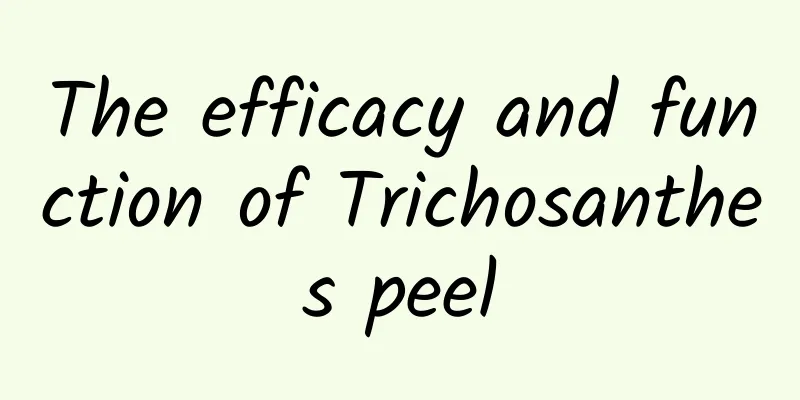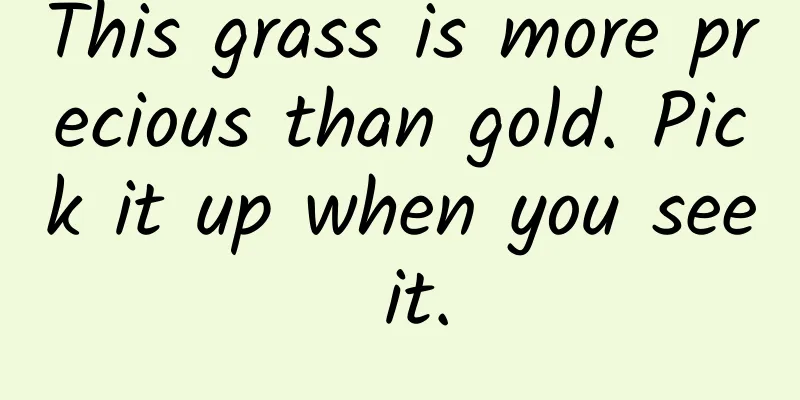The efficacy and function of Shiliangye

|
Shiliangye is a relatively common medicinal material in traditional Chinese medicine. So what are the health benefits of Shiliangye? In what aspects of daily life is Shiliangye widely used? Let’s take a brief look at Shiliangye. 【Alias】 Saddam. [Source] Medicinal material source: the whole plant of Rhamnaceae. [Original form] Bracteate shrub or small tree, up to 8m tall. Young branches are pubescent, twigs are reddish brown or gray-brown, glabrous, and leaves are alternate; petioles are 4-10mm long and pubescent; stipules are lanceolate and persistent; leaf blades are leathery, oblong or ovate-oblong, 6-17cm long, 2-5cm wide, acuminate at apex, rounded at base, with inconspicuous sparse serrations on margin or nearly entire, dark green, shiny, glabrous above, light green below, and sparsely pubescent along veins. The cymes are axillary or grown on branches with bracts. The bracts are the same as the leaves on the nutrient branches, but smaller. The branches are axillary, 6-15cm long, and covered with sparse short fine hairs; the flowers are bisexual, 5-base; yellow-green, sepals are triangular, with a raised inner midrib and a small beak above the middle; petals are green-yellow, obovate, with short claws, rolled inward on both sides of the middle, covering the stamens, and the same length as the petals; the disk is slightly thick and round; the ovary is spherical, 2-chambered, and the style is 2-lobed. The drupe is ovate-cylindrical, purple-red or orange-red when ripe, 8-10mm long, 5-6mm in diameter, with a persistent calyx tube at the base, 1 seed, or 2 chambers when incomplete, with 1 developed seed and 1 incompletely developed seed. The flowering period is from July to September, and the fruiting period is from August to November. [Habitat distribution] Ecological environment: Growing in mountain forests or shrubs below 1500m above sea level. 【Nature and flavor】 Light; neutral 【Functions and indications】Promotes the bile secretion and reduces jaundice; dispels wind and relieves pain. Mainly used for icteric hepatitis; ascites due to liver cirrhosis; rheumatic pain; traumatic injury [Usage and Dosage] For oral use: decoction, 6-15g. For external use: take appropriate amount and mash it for application. 【Excerpt】 Chinese Materia Medica The above introduces the relevant common knowledge about Shiliangye. In order to make more people understand Shiliangye, you can accumulate more related things in your daily life, which will play an important role in maintaining our health. |
<<: The efficacy and function of stone umbrella
>>: The efficacy and function of chestnut
Recommend
Terrible! It’s better to throw away these parts of the pig than to eat them (not just the lymph nodes)
Pork can be said to be one of the most common ing...
Are "panda eyes" caused by staying up late? Dark circles may be more complicated than you think...
gossip In daily life, dark circles are a problem ...
Tiger flower root effect
The root of the black tiger is a very common Chin...
Effects and functions of velvet antler slices soaked in wine
Deer antler slices are a very precious Chinese he...
What is the prescription and main effect of Yinchen Jiedu Decoction?
Artemisia Capillaris Detoxification Decoction is ...
Unexpectedly, the fall of ancient Chinese feudal dynasties was related to volcanic eruptions.
What do we think of when we think of volcanic eru...
Authoritative research: This latest diet can extend your life by at least 10 years?
Written by: Zhu Hengheng Editor: Wang Haha Layout...
The efficacy and function of wild jay leaves
The Chinese medicinal material, Toona sinensis le...
The efficacy and function of Euryale ferox leaves
Gorgon leaf is one of the common traditional Chin...
The efficacy and function of Lespedeza praecox
As people's living standards improve, they pa...
Looks like a little "towboy", but it turns out to be a Devonian coral
When the weather is hot, I can't help missing...
Major breakthrough! AI fills a gap in protein design, or solves the mystery of cancer and dementia?
Preface Neurological diseases such as stroke and ...
The efficacy and function of syrup
After thousands of years of sedimentation and acc...
Learned! It turns out that there are at least 5 ways to die from the new coronavirus...
Recently, many new COVID-19 cases have been repor...
#Behavior that seems lazy but is actually very healthy# Click in to see how many you have chosen!
As a senior lazy person I am serious about lazine...









